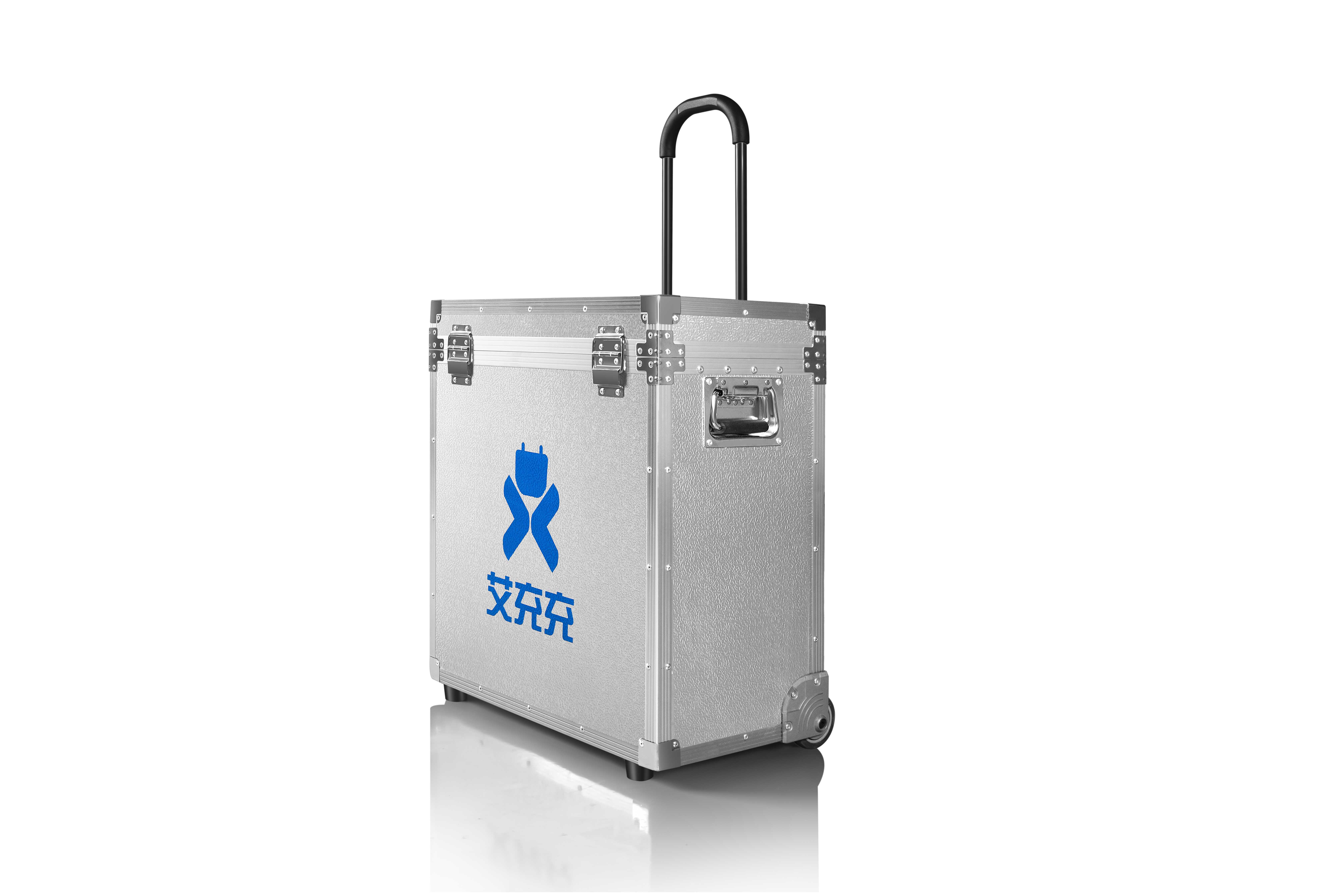
1 月 . 29, 2025 04:21 Back to list
Energy Management System EMS
Lithium iron phosphate (LiFePO4 or LFP) batteries are rapidly becoming a preferred choice across various industries due to their notable benefits over traditional battery types. As an experienced renewable energy consultant, I've observed their increasing adoption, particularly in electric vehicles (EVs), renewable energy storage systems, and portable electronic devices. This surge is not unfounded; understanding the advantages and applications of LFP batteries is crucial for any business looking to transition to more sustainable solutions.
The performance of LFP batteries in extreme temperatures is another testament to their robustness. They perform reliably in conditions ranging from -20°C to 60°C, making them versatile for various applications—whether in scorching deserts or freezing arctic environments. This adaptability extends the usability of devices and vehicles powered by LFP batteries, ensuring consistent performance regardless of external conditions. In the fluctuating energy sector, where energy storage is critical, LFP batteries have carved out a niche. Their ability to provide a stable and efficient energy storage solution supports renewable energy systems such as solar or wind, which are inherently intermittent in nature. With their high discharge rates and efficiency, LFP batteries ensure that energy captured from renewable sources is stored effectively and delivered reliably when needed, thus maximizing the utilization of renewable energy solutions. Despite these advantages, it's essential to acknowledge that LFP batteries might not be the optimal choice for every application. Their energy density is generally lower compared to other lithium-ion combinations, meaning they might be bulkier for applications where size and weight are critical concerns. However, for applications where safety, cycle life, and cost-effectiveness are prioritized, the benefits of LFP batteries are undeniable. In conclusion, while LFP batteries may not replace every type of battery in use today, their unique characteristics make them an excellent choice for specific applications. Industries focusing on long-term sustainability, safety, and operational efficiency should consider integrating LFP battery technology into their systems. As advancements continue, it is anticipated that the cost and performance of LFP batteries will further improve, reinforcing their role as a cornerstone of modern energy solutions.


The performance of LFP batteries in extreme temperatures is another testament to their robustness. They perform reliably in conditions ranging from -20°C to 60°C, making them versatile for various applications—whether in scorching deserts or freezing arctic environments. This adaptability extends the usability of devices and vehicles powered by LFP batteries, ensuring consistent performance regardless of external conditions. In the fluctuating energy sector, where energy storage is critical, LFP batteries have carved out a niche. Their ability to provide a stable and efficient energy storage solution supports renewable energy systems such as solar or wind, which are inherently intermittent in nature. With their high discharge rates and efficiency, LFP batteries ensure that energy captured from renewable sources is stored effectively and delivered reliably when needed, thus maximizing the utilization of renewable energy solutions. Despite these advantages, it's essential to acknowledge that LFP batteries might not be the optimal choice for every application. Their energy density is generally lower compared to other lithium-ion combinations, meaning they might be bulkier for applications where size and weight are critical concerns. However, for applications where safety, cycle life, and cost-effectiveness are prioritized, the benefits of LFP batteries are undeniable. In conclusion, while LFP batteries may not replace every type of battery in use today, their unique characteristics make them an excellent choice for specific applications. Industries focusing on long-term sustainability, safety, and operational efficiency should consider integrating LFP battery technology into their systems. As advancements continue, it is anticipated that the cost and performance of LFP batteries will further improve, reinforcing their role as a cornerstone of modern energy solutions.
Latest news
-
FREMO Portable Power Station High-Capacity, Lightweight & Reliable
NewsMay.30,2025
-
24V DC Power Supply Certified & Efficient Home Depot Exporters
NewsMay.30,2025
-
12V 2A DC Power Supply for Home Depot Trusted Supplier & Exporter
NewsMay.29,2025
-
Energy Storage Power Station Solutions Reliable & Efficient Products
NewsMay.29,2025
-
Portable Power Station R100 High-Capacity & Reliable Backup Power
NewsMay.29,2025
-
Energy Management System EMS
NewsMar.07,2025


